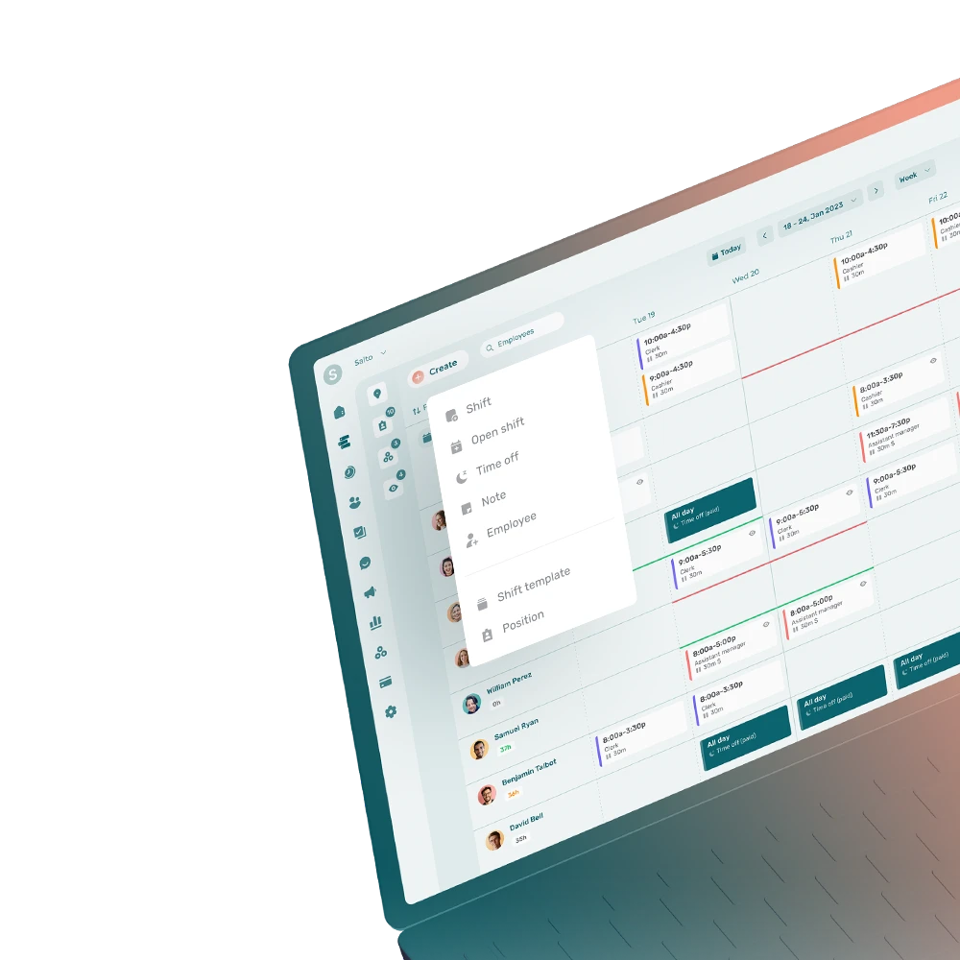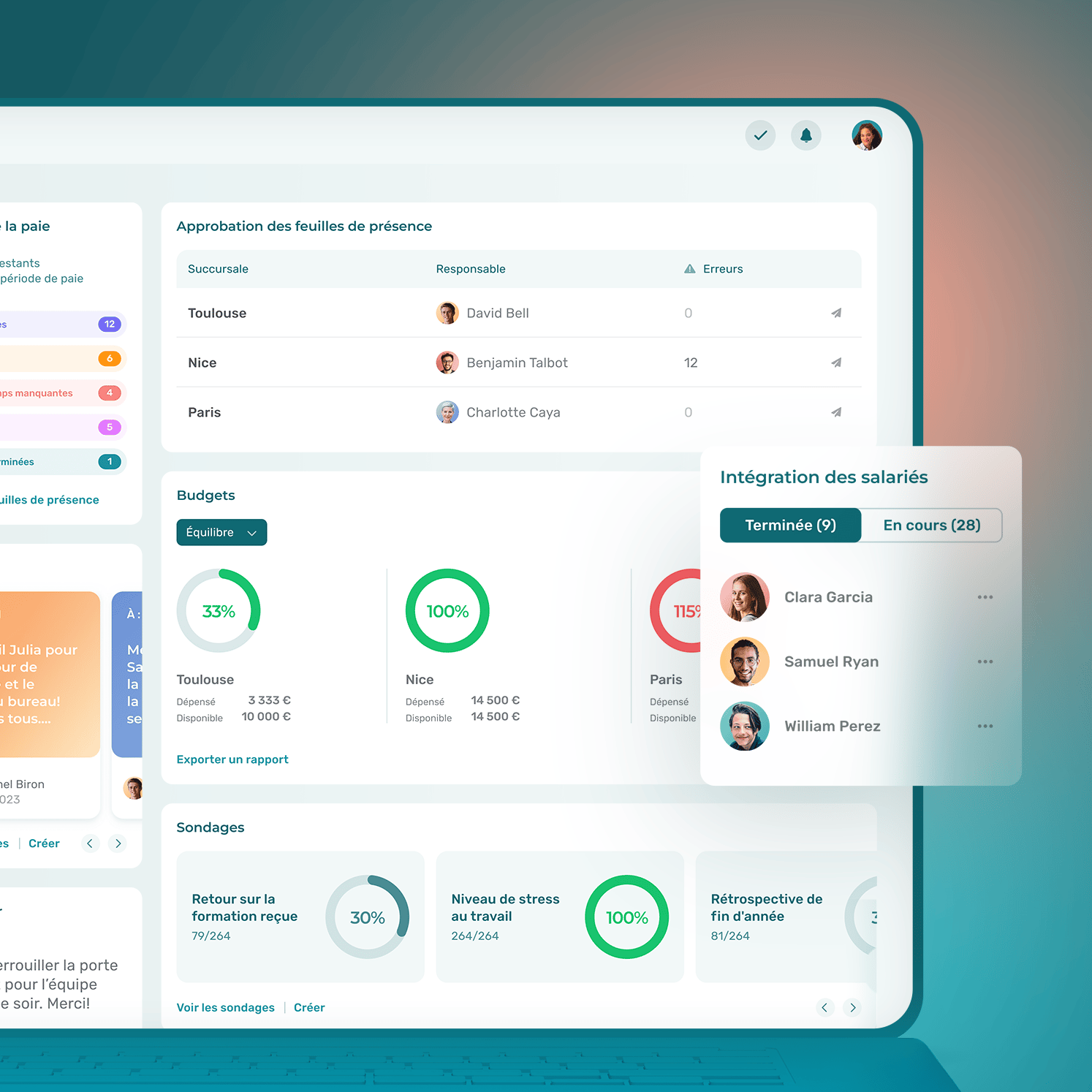Bi-weekly pay or biweekly payment means that employees of a company receive their salary every two weeks on the same day.
How Does Bi-Weekly Pay Work?
Bi-weekly payroll sets salary payment cycles every two weeks. Thus, employees receive their pay the same day, every other week for a total of 26 pays per year. This is the most common type of pay period.
The salary for an employee compensated on an annual basis would be divided into 26 paychecks. For employees paid on an hourly basis, the pay will be based on the number of hours worked during the two-week pay period.
Biweekly pay allows employees to budget their finances more easily because they receive their paychecks on a regular schedule.
How to Calculate the Bi-Weekly Salary?
To calculate the biweekly pay for an hourly worker, the number of hours worked during the two-week period is multiplied by the hourly rate of the worker. For example, an employee who worked 75 hours at a rate of 19 dollars an hour would receive a gross biweekly pay of $1425.
To calculate the biweekly pay for a salaried employee, the amount of the fixed salary is divided by 26 (corresponding to the number of paychecks that the employee would receive). For example, a salaried employee earning $50 000 a year would receive a gross biweekly pay of $1923.08.
What Are the Benefits of Bi-Weekly Payroll?
Biweekly pay cycles have benefits for both employees and employers.
Biweekly pay cycles help employees better budget their finances because they can expect to be paid steadily on the same day every other week.
Biweekly pay cycles help employers save time and reduce the chance of errors. This payment strategy also simplifies overtime pay calculations. Biweekly pay may also be less expensive for organizations who rely on external payroll management services where payments are billed on a per-payroll basis over a weekly pay cycle.
Benefits of bi-weekly payroll include:
- Facilitating the management of the employee budget.
- Simplifying the calculation of labor costs.
- Reducing the risk of errors in payroll processing.
- Ensuring stability in the payment of salaries.
What Are the Disadvantages of Bi-Weekly Payroll?
The disadvantages of bi-weekly payroll include:
- Lower frequency of payments compared to a weekly pay.
- The need to carry payroll 3 times in the same month twice a year.
- Higher accounting fees compared to a monthly payroll.
How Many Bi-Weekly Pay Periods Are There in a Year?
There are 26 separate pay cycles in any given year for employees who are paid on a biweekly basis. As such, these employees can expect to be paid twice a month, except for the two months where they will receive three payments.
What Is the Difference Between Bi-Weekly Payroll and Bi-Monthly Payroll?
Bi-weekly pay means that employees receive pay every other week on the same day. In total over the course of a year, employees will receive 26 paychecks.
The bi-monthly pay is instead paid twice a month on the same date (for example, the first and the fifteenth day of each month). The days of the week on which the salary is paid may therefore vary. In total over the course of a year, employees will receive 24 paychecks.











